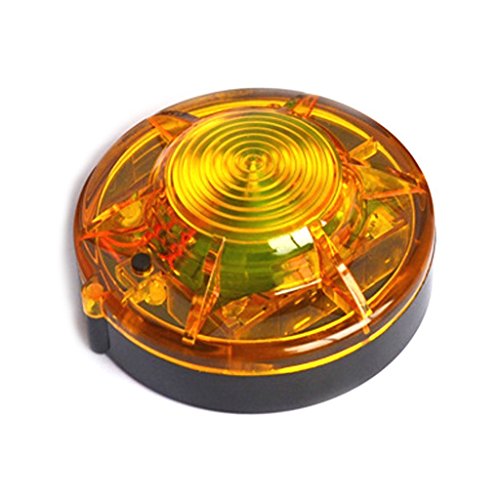Years ago I played around with using the motor from an electric EZ Go golf cart but it was long before the days of Li-Ion batteries.
I took the lower from a 60hp twin combined with the cover from a 70hp.
Using the same batteries that were in the working golf cart I simply made a direct drive to the driveshaft but made up an upper bearing to support the modified drive shaft. It worked okay, but would not plane a 15ft glass run about and the battery life was fair at best. It was fine for a lake with no current but if it got into any opposing current the batteries went down fast. The donor cart was from around 1996, so it was new enough to have pulse control and a controller but it lacked power. The biggest improvement we made was to increase all the battery cable sizes and to run with no cover to keep things cool but it was far from a viable boat to use.
I did a smaller set up using a large bow thruster motor, one that ran off 36v, mounted to what was basically a a home made trolling motor but with a speed controller that a buddy built to run the motor. It did as good as the 48v cart motor but still would not plane the boat. (In comparison, a 50hp gas motor on that boat was more than it needed to get on plane, and an old 115 Tower of power Merc was insanity.
I gave the second motor to an old guy with a 12ft Feathercraft who used it for fishing. I think I sold the cart motor but have thought about maybe using a larger motor from a car to power a small inboard set up to eliminate the loss of efficiency through the lower unit.
The rig in the video is impressive but the noise is also a concern. Something I considered is to use a belt drive to reduce the motor load at the top of the motor and trying it again in a smaller or lighter boat.
I had a 14ft Sears boat that looked a lot like that Alumicraft, it was a lot rougher but with a ton of sealer I made it work with an old 5.5hp back in the 70's. I think it fell off a trailer at some point because one whole corner was missing and patched with rivets, sheetmetal, and a gallon of tar. I didn't care as long as it would float then. two old bleach bottles cut into scoops served as the much needed bilge pump. I'm not sure what ever happened to it, I moved away from home back then and it was gone when I came back 18 years later. I think it got given away after sitting half sunk down by an old farm pond we used it on.
With an old pitted aluminum boat, Gluvit is your best friend. Just be sure to paint over it afterwards since it can't take direct sunlight. I'd sand and identify any pitting that needs more serious attention, bang any loose rivets tight, and chemically clean the hull of corrosion and let it dry. Fill any bigger pits with JB Weld, then sand and treat it like body filler. I'd sand the outer hull with 220 grit, wire brush around the rivets, then coat the interior with Gluvit, then pant the outer hull with zinc chromate, and then your color coat, and I'd paint the inside of the hull with something like Awlgrip or similar to further seal any potential leaks.
(Truck bed liner can also work for interior paint and its super durable but if your adding a full floor, anything more than just a heavy coat of enamel over the Gluvit would be a waste of money. I painted the interior of my current boat with spatter paint, the stuff meant for car trunks. its super abrasion resistant and looks like what the factory used).
Plywood is the best material for the transom, its far stronger than solid wood and when laminated in layers with epoxy it can last a lifetime. On a boat that size, any good exterior grade plywood will work fine, just do not use pressure treated or marine plywood, they are both treated with cupric sulfate which will cause severe corrosion issues.
The last transom I made was done with four layers of 3/8" BCX plywood. I cut and laid in a layer of fiberglass in between each layer of plywood and coated the whole thing in epoxy. I then bedded the panel into the hull with heavy coat of bed liner to seal out any water and all through holes were drilled oversize with aluminum reinforcement tubes and washers bedded into the panel with epoxy. It was severe overkill but it was going to be a forever boat. Or so I thought, until I found the next one, and the next one and so on. When I sold it, someone got a hull that was built to outlast five generations. I did the same thing for the deck and the seat tops, all done with epoxy and held in place with stainless screws and finished in a soft bed liner paint to match the hull. The outer motor plate was made from 3/8" plywood with a teak veneer also epoxy coated and pre-drilled for motor mount studs for the Johnson 35hp I hung on it. Part of the reason I sold it was that I had originally set out to just fix the boat up to use to test motors out on, but it went way beyond that and rarely got used because of it.






































































